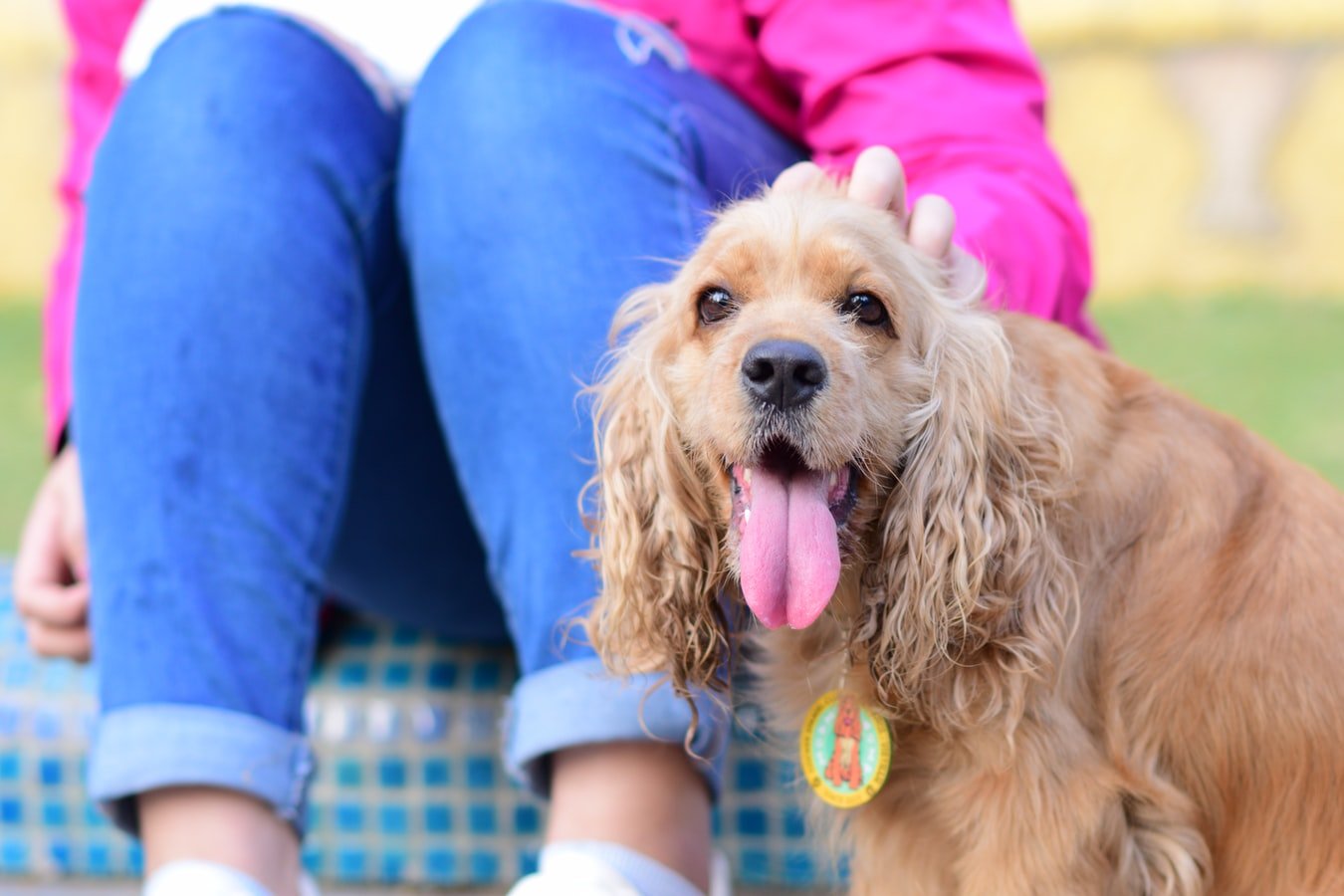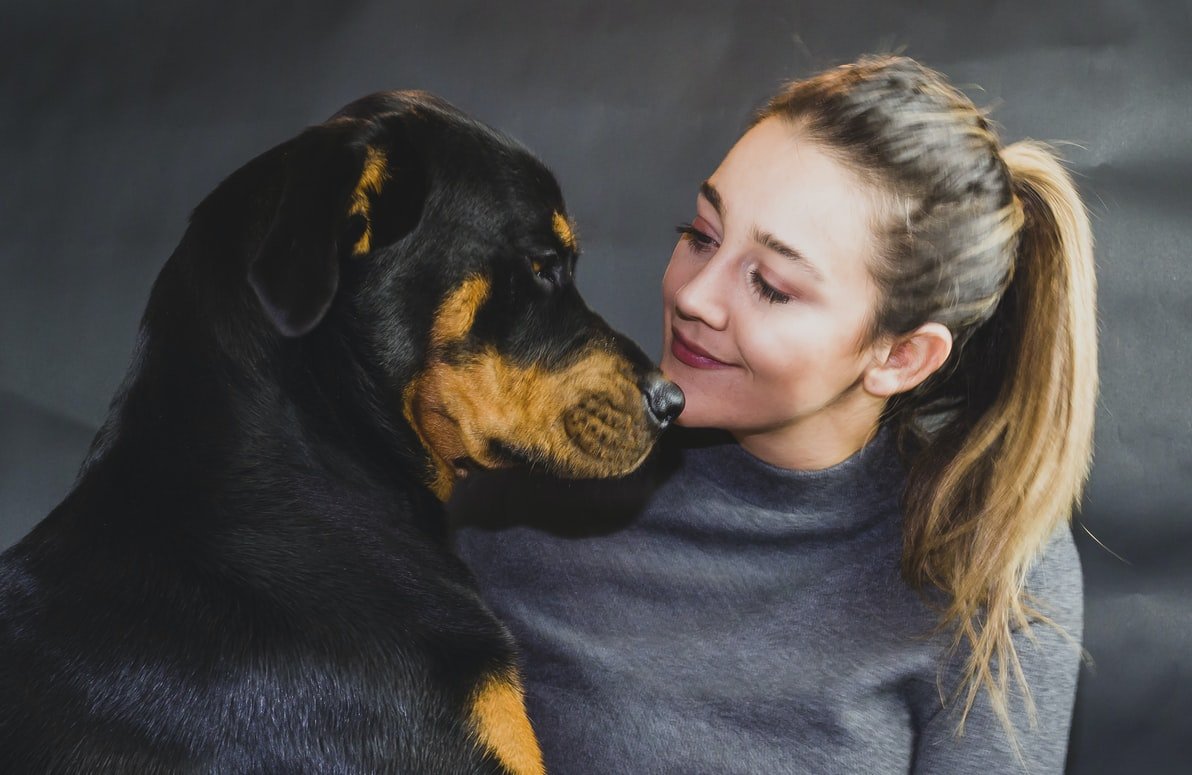For dog lovers everywhere, there are fewer scarier words than dognapping.
 What is a dognapping?
What is a dognapping?
A dognapping is when someone criminally removes pet pooches from their rightful owners. Sadly, with the surge of doggy demand throughout lockdown, there was also a rise in dognapping cases.
The British Kennel club identified that over a period of 79 days in 2021, the Government’s Pet Theft Taskforce had reports of 508 dogs being stolen.
What types of dogs are stolen?
Typically, it tends to be high-value dogs such as French Bulldogs or Chihuahuas that are taken. They’ll usually be dogs that a dognapper can easily pick up and run with as opposed to larger dog breeds like Great Danes.
However, it’s best to protect your pooch regardless of breed or size.
7 Ways to protect your dog against dog thefts
-
Avoid leaving your dog unsupervised outdoors
Whether you plan to quickly pop in to pick up milk from the shop and leave your puppy in your car with the window down or off the lead at a dog park. This gives dognappers the opportunity to strike.
The same sadly can even be said for in your own garden. Make sure that you’re able to keep an eye on your pooch while it plays and that your garden is secure.
-
Identification can be your greatest ally
Having your up-to-date contact details on your pet’s microchip and ID tag can help make sure that your pet is returned to you.
Did you know?
It’s a legal requirement for puppies over 8 weeks to be microchipped. And for all dogs to be fitted with a collar and ID tag in a public place.
-
Walking Considerations
When out for walks, if possible, buddy up to make sure you always have back up. Always keep your focus on your own pooch though.
Changing up your walk times and even routes can also help deter dognappers. Sticking to routines can make it easier for them to know when to strike.
-
Useful tools
There are a number of things which can be useful in protecting your pooch from thieves. Some harnesses or collars come equipped with tracking equipment so that you can check where your pet is.
There are also alarm devices which can be triggered in an emergency. However, as they are often very loud and can frighten your dog they should only be used in actual cases of threat or danger.
-
Be wary of strangers
Whether it’s someone paying too much attention to your pooch while out on walks, or a stranger asking lots of questions on social media. Always be wary.
Keep privacy settings in mind when posting on social media. And always blur out details on their ID tags such as names and addresses. Blurring out your pets name might seem strange, but as most dogs are often taught to come when they’re called, it’s best to be safe.
-
Act quickly if the worst happens
Acting quickly following the dognapping can make a huge difference. This should include:
- notifying the police of the theft incident,
- reporting it to the microchip database (you’ll be notified if someone tries to re-register it)
- putting out appeals on social media
- putting up posters in your local area with photos (for example parks and public places you frequent, local vets, and animal shelters)
Remember....
If the worst happens even after you take preventative measures, don’t be too hard on yourself. Remember, these dognappers are usually experienced and know exactly when to strike.
Going through a pet loss is traumatic, regardless of the reason. There are many pet charities (such as the Blue Cross) which offer support for these incidences.
Find your Forever Puppy today.
Check out our other dog handy guides, tips and news.